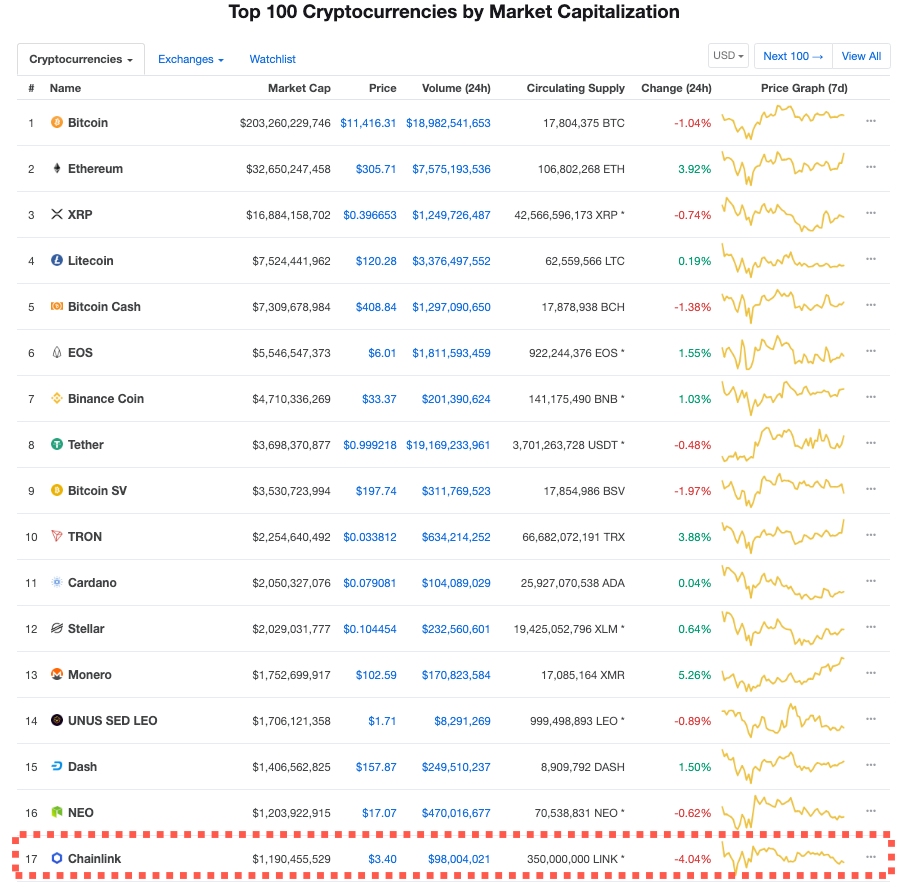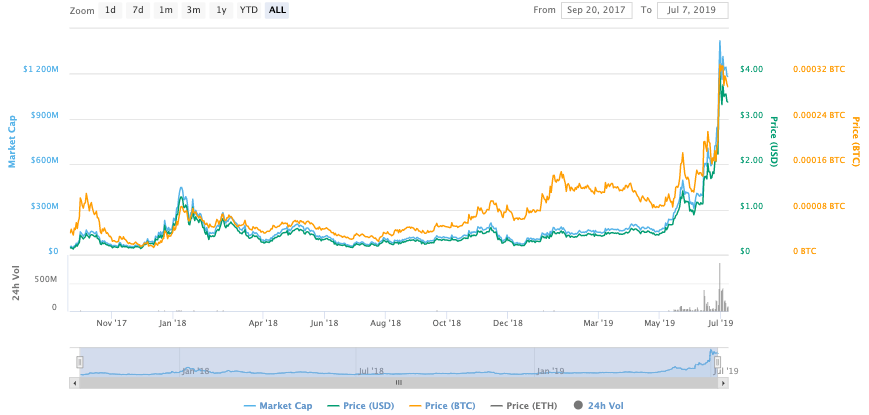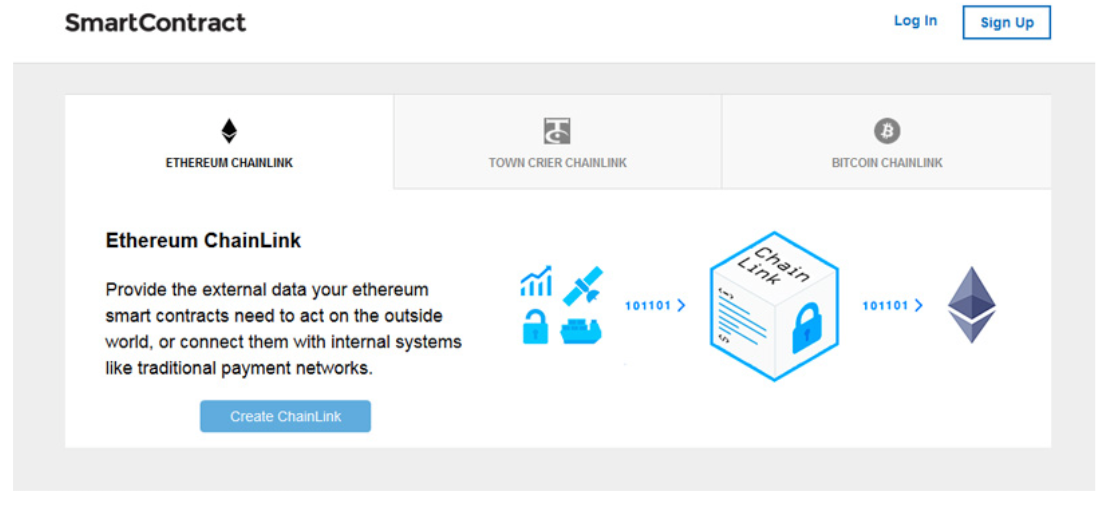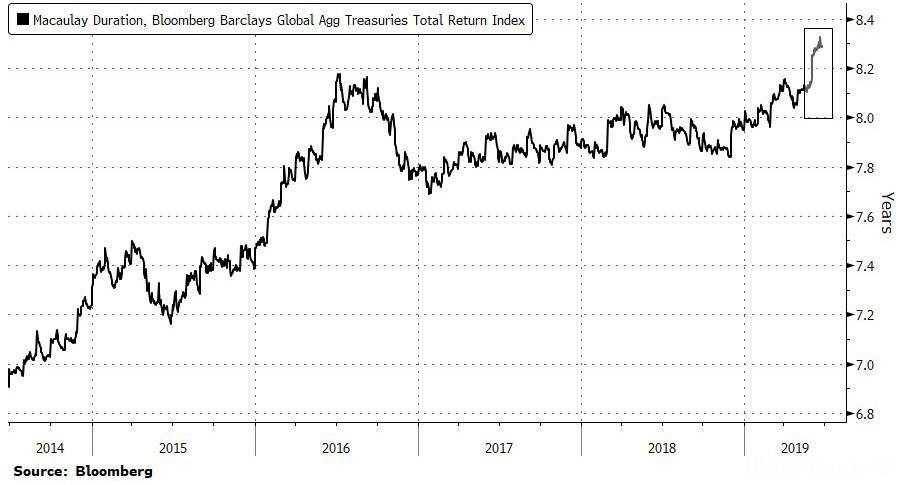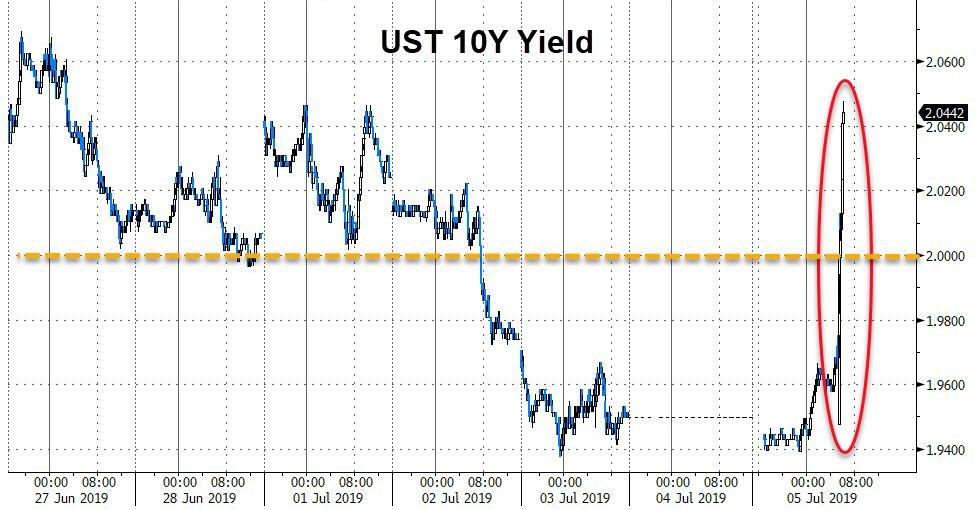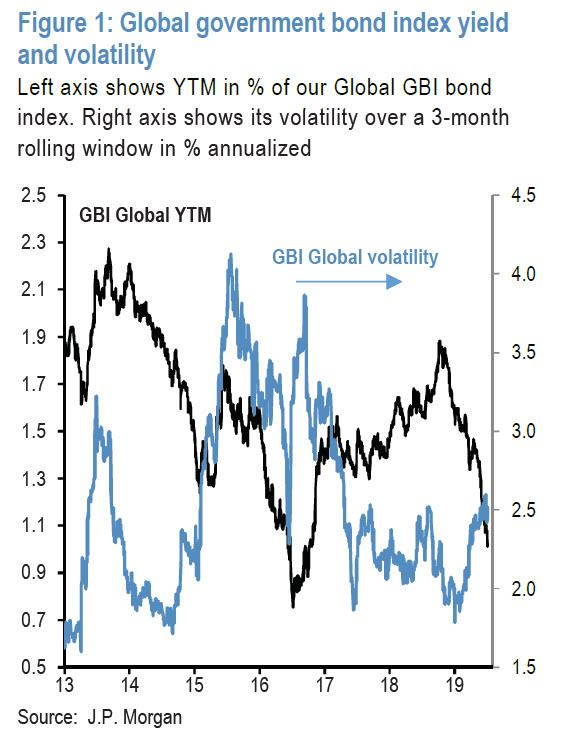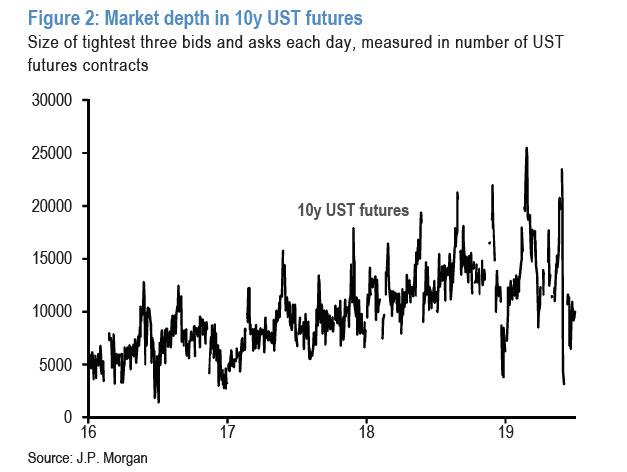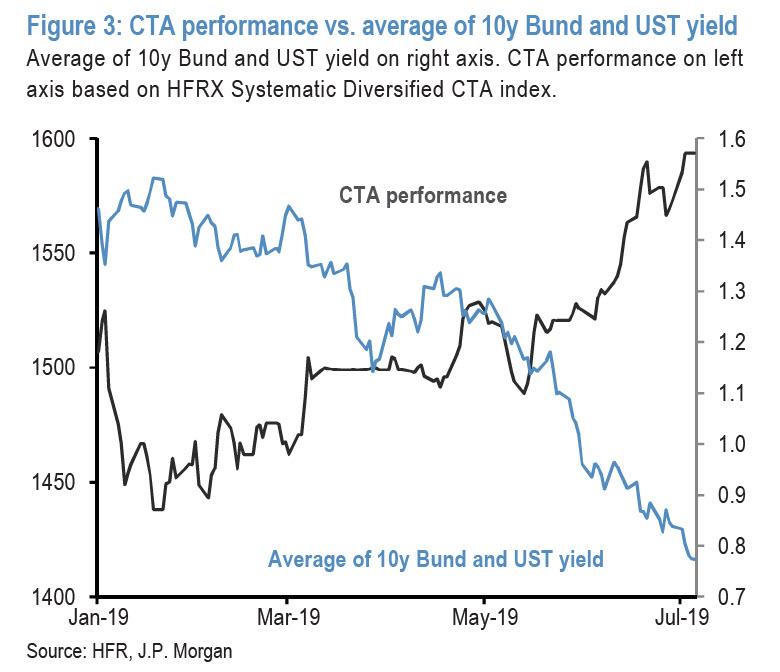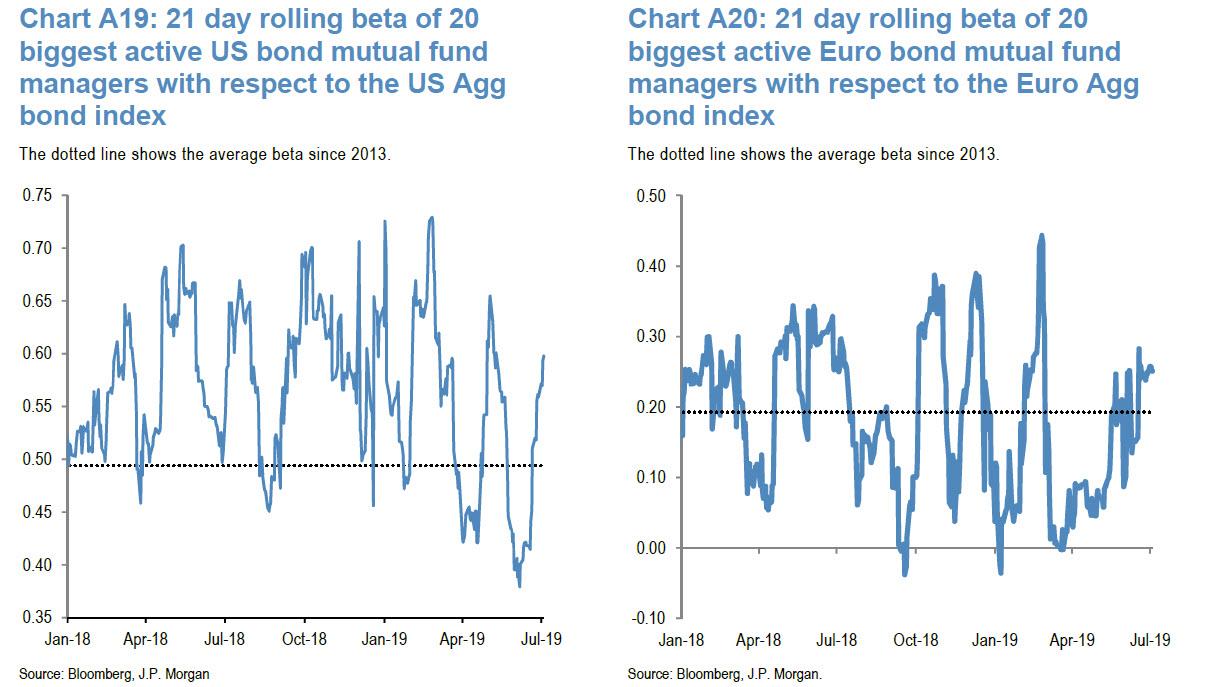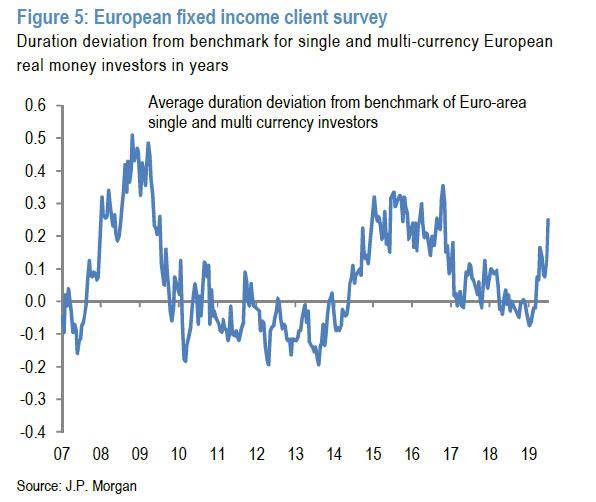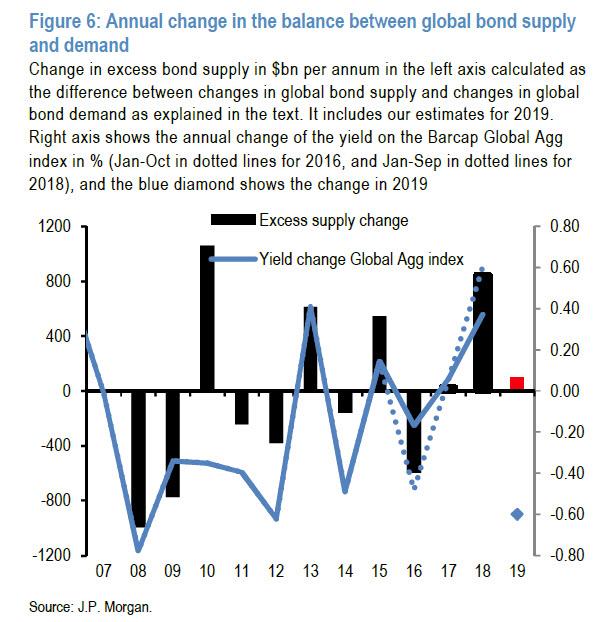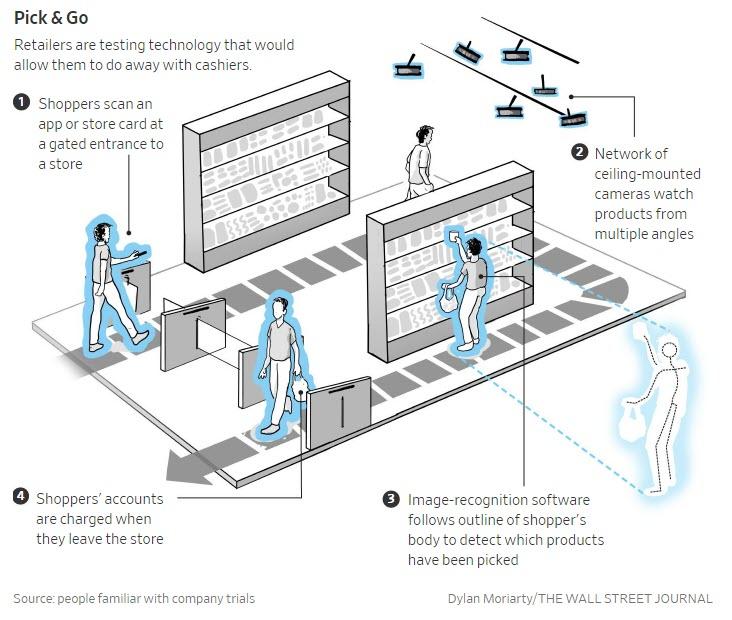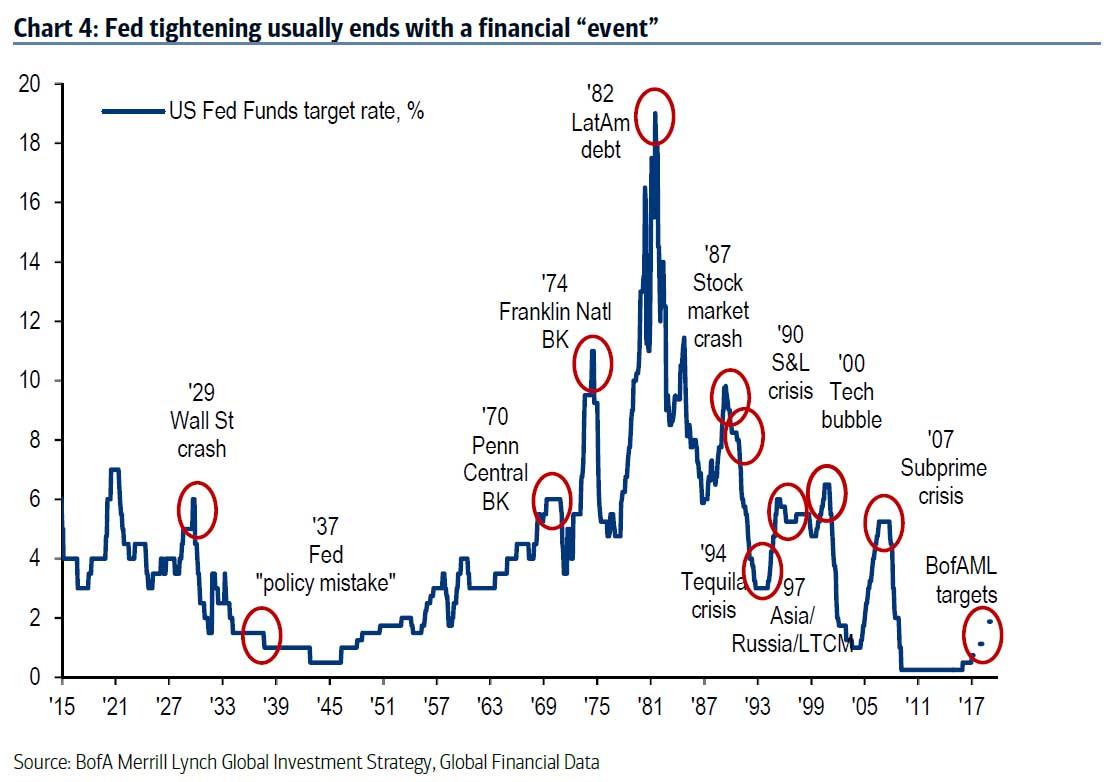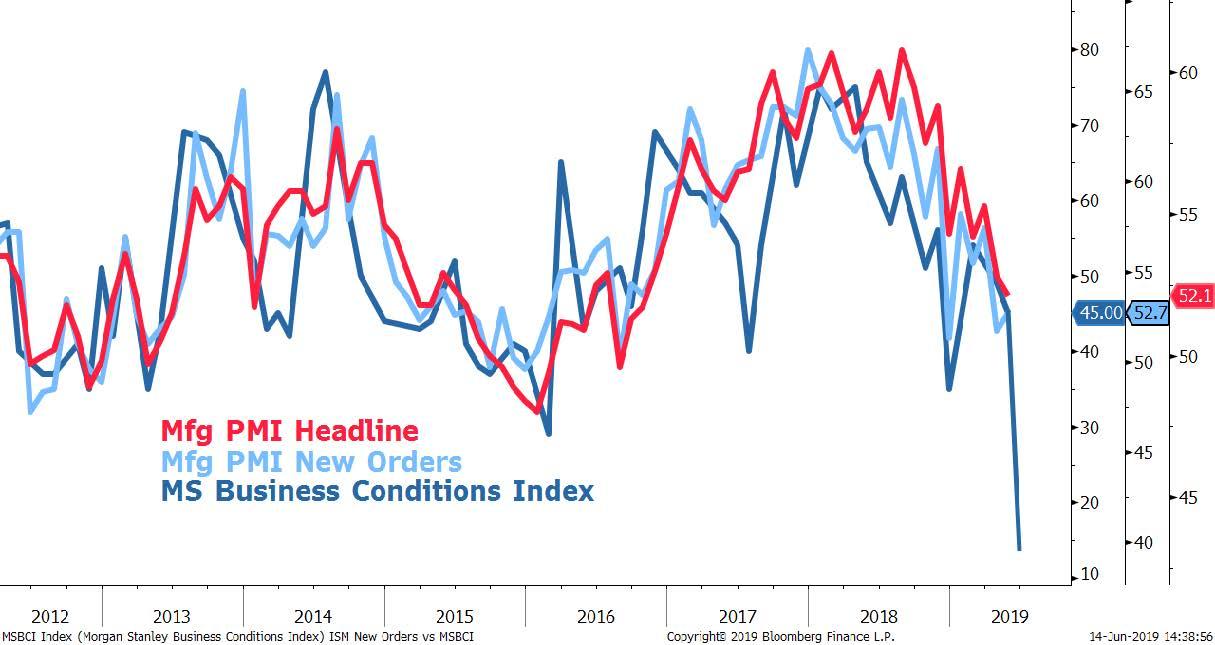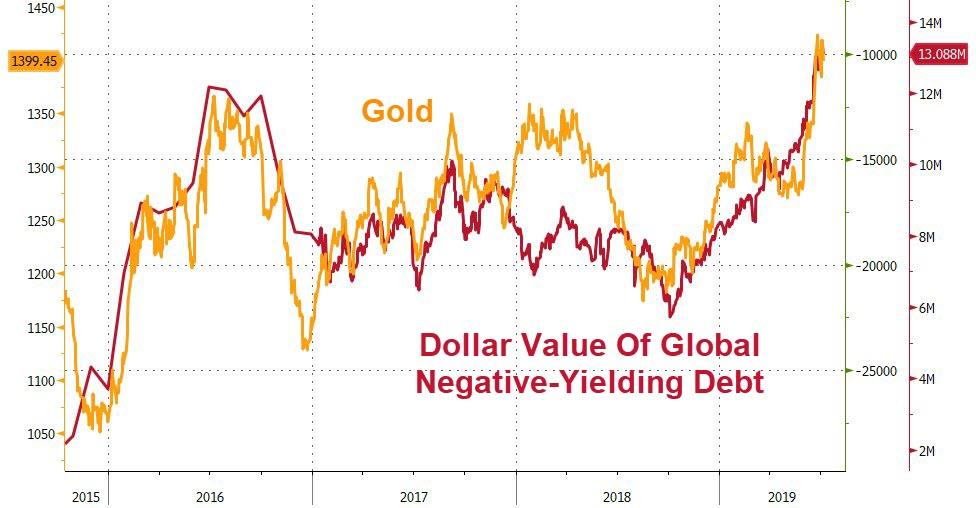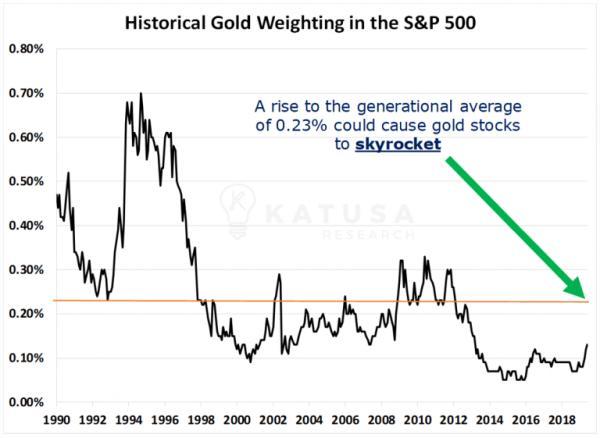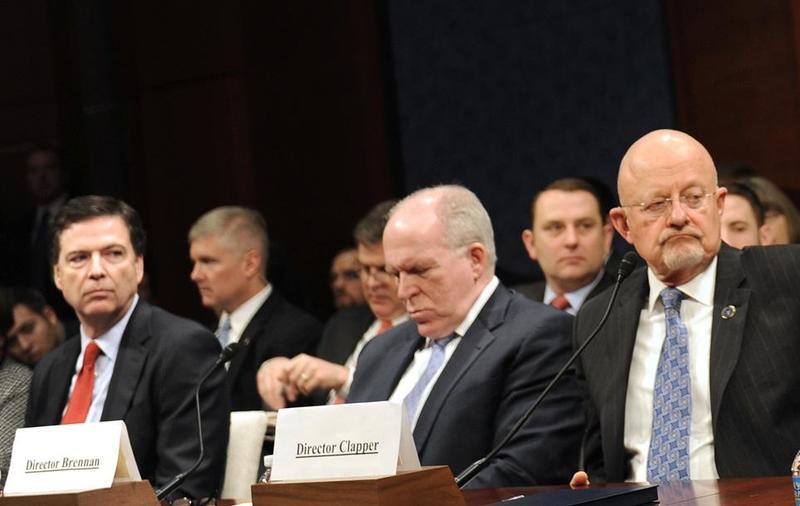Donald Trump has compared upstart Democratic Socialist Alexandria Ocasio-Cortez to former Argentine first lady Eva Perón, the Guardian reported citing a review of the upcoming book entitled American Carnage: On the Front Lines of the Republican Civil War by Politico writer Tim Alberta.
In the forthcoming book, the author claims that Trump first saw the New York congresswoman “ranting and raving like a lunatic on a street corner” and while saying that “she knows nothing”, she has “a certain talent.”
Alberta then says the Trump “became enamored” and “starstruck” by Ocasio-Cortez.
“I called her Eva Perón. I said, ‘That’s Eva Perón. That’s Evita,” Trump said.
At the time Ocasio-Cortez was pursuing a long-shot primary bid to unseat Representative Joe Crowley, a top member of House Democratic leadership. Since toppling Crowley, Ocasio-Cortez, 29, has become the most visible of the freshman Democrats trying to pull the party to the extreme left. AOC has also become a figurehead of opposition to Trump in the House and a “bête noire” of Republicans and Fox News, for her championing of progressive causes including the Green New Deal. Just last week, Ocasio-Cortez told an interviewer that she believed America was heading in a fascist direction under Trump and compared the detention camps near the southern border to concentration camps, sparking a firestorm of criticism (and occasional support) on both sides of the aisle.
Eva Perón, popularly known as Evita, was the wife of Argentine President Juan Perón and a former actress known for her popular appeal and power in her husband’s administration. “Evita” died at age 33 in 1952 and became the subject of the 1979 Andrew Lloyd Webber-Tim Rice musical of the same name.
In the book, Trump praises Ocasio-Cortez’s “talent” and “potential” but slams her knowledge, or rather lack of it. Despite the enmity between the two, Trump’s comparison may not entirely be an insult: according to ABC News, Trump wrote in a 2004 book that “Evita” was his favorite Broadway show and that he’d seen it six times.
“She’s got a good sense, an ‘it’ factor, which is pretty good, but she knows nothing,” Trump said according to Guardian’s read of the book scheduled for release on July 16.
Of course, it may also be the case that Trump sees himself as a modern-day Evita. As the Guardian notes, citing Amanda Eubanks Winkler, an associate professor of music history and culture at Syracuse University, drew direct comparisons, noting that Evita “was star of radio dramas and to a lesser extent film in Argentina, and then she went on and had this political career and political power”.
In Trump’s 2016 campaign, Eubanks Winkler said, the billionaire reality TV star echoed Evita’s appeal to the “Descamisados”, or “shirtless ones”, by “trying to reach out to people, working class people and you can see that in terms of the demographics of folks who voted for him”.
Meanwhile, like Trump, Ocasio-Cortez has been called a master of new media, especially Trump’s favorite portal, Twitter, where she has almost 4.7 million followers.
Separately, independent journalist Yashar Ali posted on Twitter an apparent screen shot from the book in which Trump tells aides to contact Crowley before the Democratic primary election to warn him of Ocasio-Cortez’s appeal.
2. In an interview for his book, Trump tells @TimAlberta he saw AOC’s rise early but that his team didn’t think she had a chance. https://t.co/DF1h0kAZYj pic.twitter.com/SFzc0dZ08u
— Yashar Ali 🐘 (@yashar) July 7, 2019
And speaking of Twitter, Ocasio-Cortez promptly responded to the Guardian’s story with a series of tweets. Attributing quotes to “Evita Perón”, she wrote: “I know that, like every woman of the people, I have more strength than I appear to have.” She added: “I had watched for many years and seen how a few rich families held much of Argentina’s wealth and power in their hands. So the government brought in an eight-hour working day, sickness pay and fair wages to give poor workers a fair go.”
3. @AOC reacts to Trump’s nickname for her….Eva Perón/Evita pic.twitter.com/86DCsqC6vp
— Yashar Ali 🐘 (@yashar) July 7, 2019
It was not immediately clear if AOC was as impressed by Evita negative characteristics as her positive ones.
.@AOC, Evita Peron was a Nazi sympathizer who hid Nazis for a share of what they stole from Jewish families. https://t.co/sLDguzcqYk
— John Cardillo (@johncardillo) July 7, 2019
ahem @AOC … Evita Peron harbored Nazis while taking Jewish property. https://t.co/IRxf3Jl9wZ
— Bentley Greg (@Bentos03) July 7, 2019
Curiously, while Trump has criticized AOC, the president has also shown apparent fondness: in April he said that although the Green New Deal would not prove an electoral winner, it was the work of “a young bartender” – a reference to Ocasio-Cortez’s job before politics – whom he called “a wonderful young woman”.
Trump’s fondness has not been requited: in the past week, Ocasio-Cortez condemned Ivanka Trump’s diplomatic efforts at the G20 in Osaka, Japan, criticised Trump’s spending on his 4 July event on the National Mall, and visited a Customs and Border Protection facility in Clint, Texas, where she reported “CBP officers being so physically [and] sexually threatening towards me” and said: “Officers were keeping women in cells [with] no water [and] had told them to drink out of the toilets. This was them on their GOOD behavior in front of members of Congress.”
* * *
As the Guardian also notes, Alberta’s book is a history of the Republican party from the nomination of the late senator John McCain in 2008 to midway through Trump’s first term, and “contains scenes likely to cause controversy in the press and in the party itself.” In one instance, the former Republican National Committee chairman Michael Steele slammed the president in remarks similar to those made by Rashida Tlaib. Trump, Steele said, is a “motherfucker … defiling the White House.”
via ZeroHedge News https://ift.tt/2RY3X92 Tyler Durden
